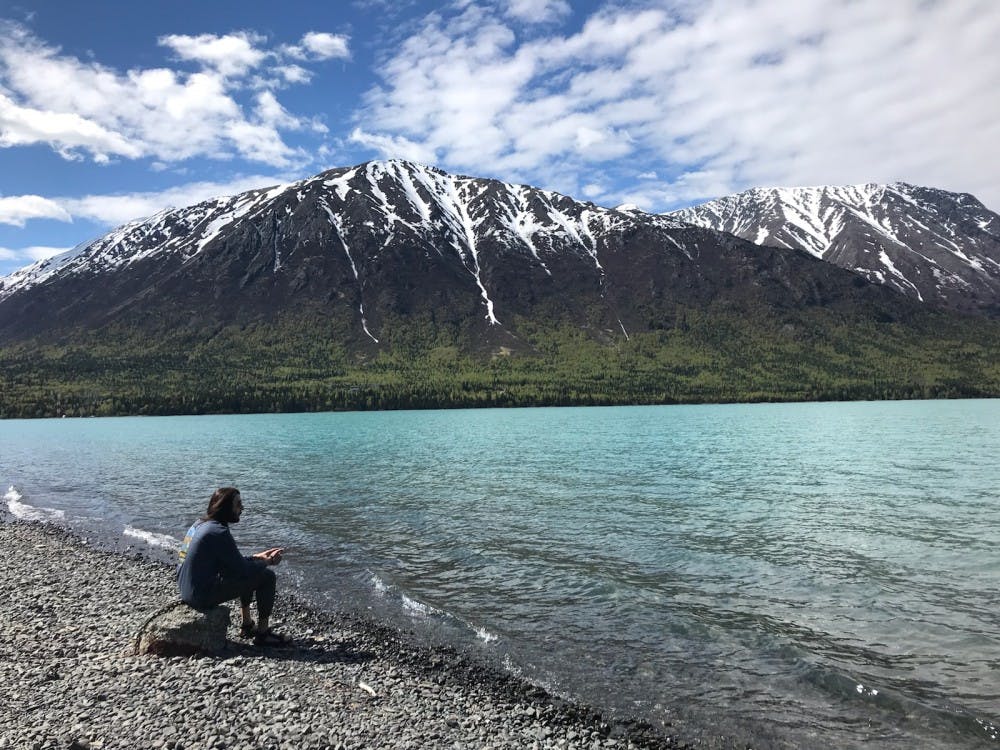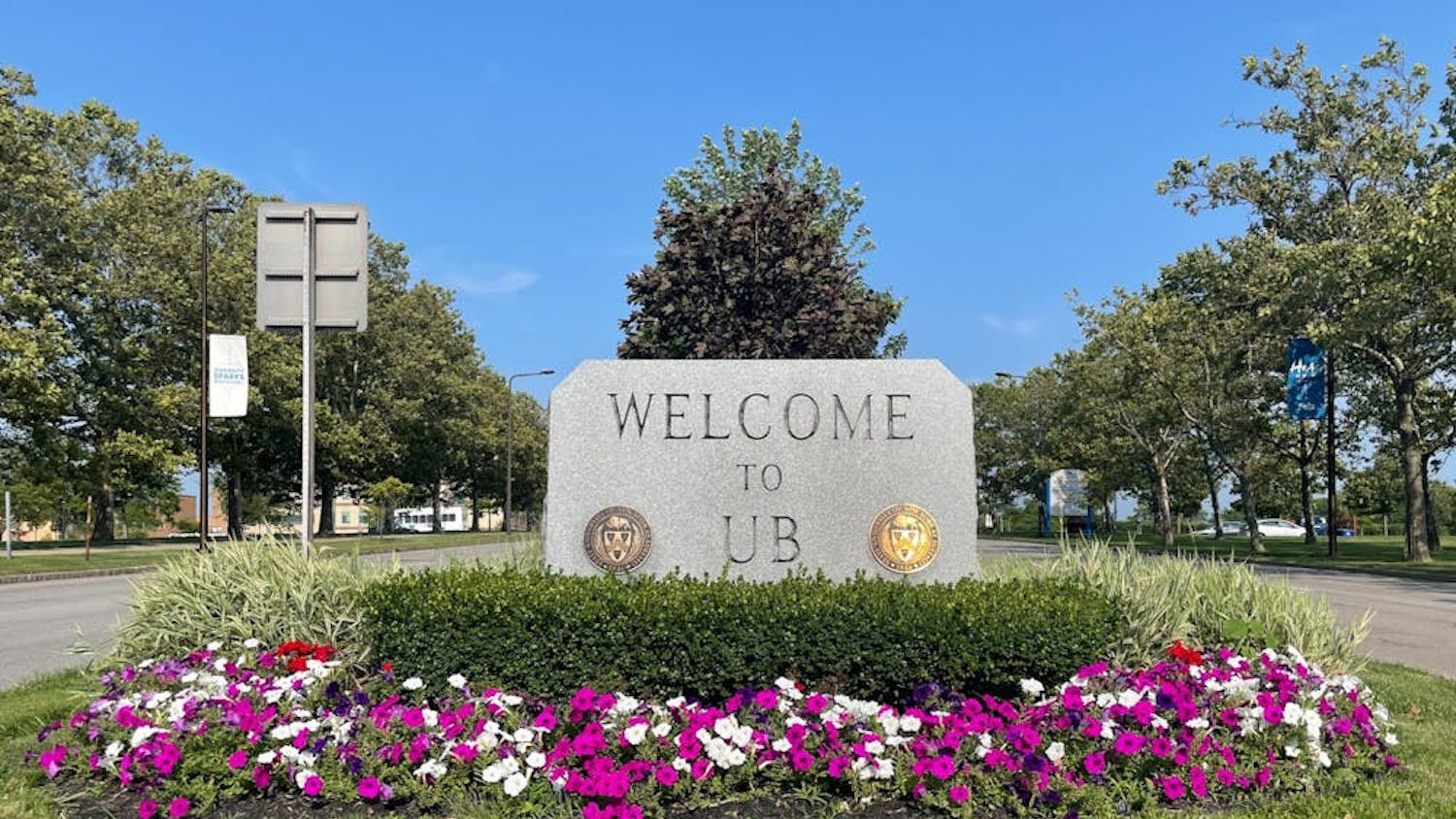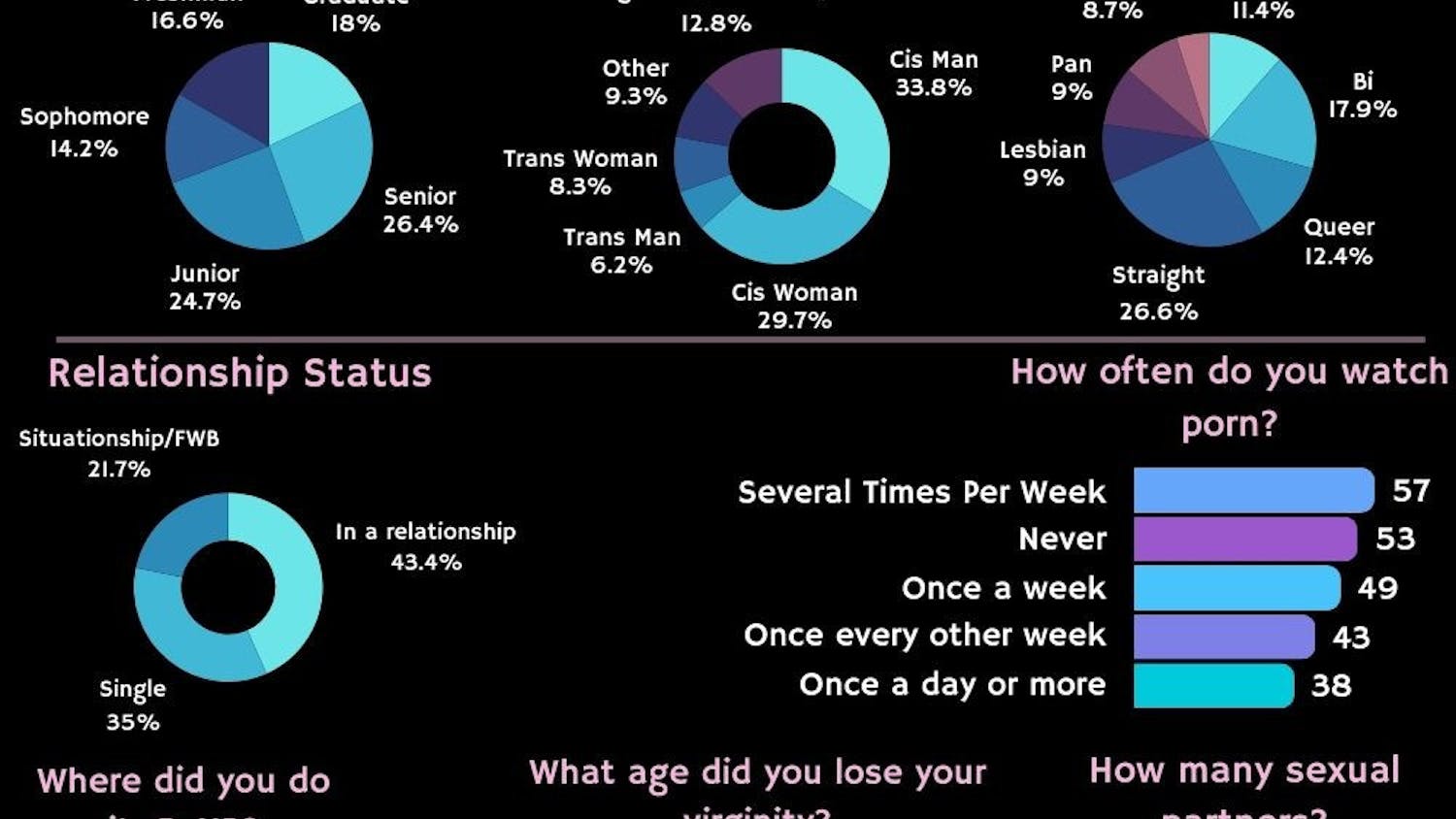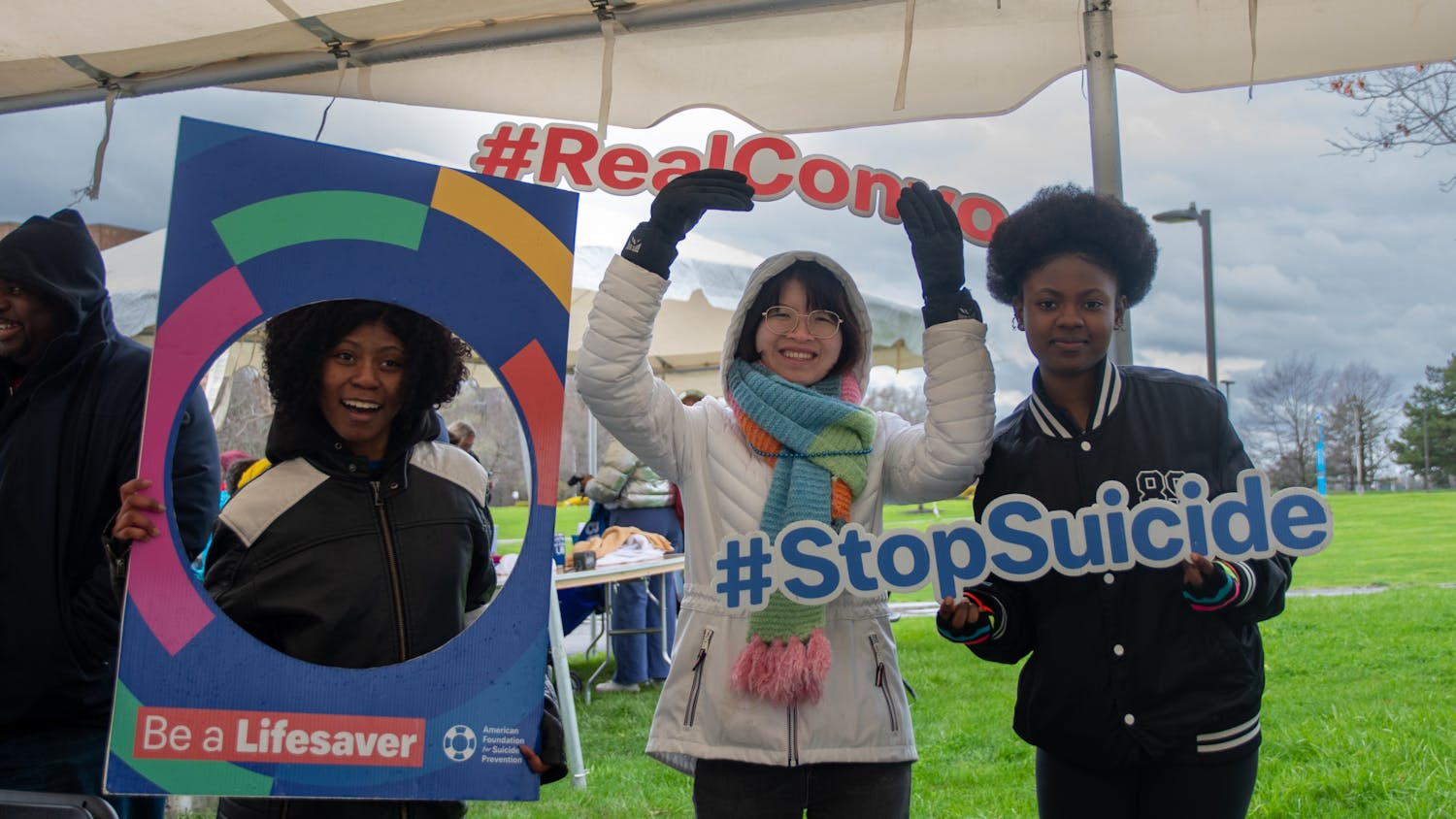In 2017, the United States population was roughly 324 million people. That same year, more than 330 million people visited national parks. Visitors spent more than 1.44 billion hours in parks, breaking old and setting new records for park attendance across the board, according to the National Park Service.
As more and more people opt to explore the national parks, a system of over 417 areas, facilities are experiencing wear and tear like never before, leaving the system with $11.6 billion in maintenance backlog.
To help address the system’s debt, President Donald Trump and Secretary of the Interior Ryan Zinke proposed legislation to establish a Public Lands Infrastructure Fund. The fund would provide the National Park Service with $18 billion to help offset costs.
But there’s a catch.
Trump plans on raising funds for infrastructure projects for the Department of the Interior by opening the nation’s parks for oil and gas lease sales, according to The Washington Post. These leases include on and offshore drilling, which would drastically upset the ecosystems of parks, especially those in coastal areas, like Acadia National Park in Maine or Gulf Islands National Seashore in Florida and Mississippi.
This announcement came after a series of damaging blows to the NPS by the Trump Administration during the last 10 months.
President Trump announced a proposal to increase entrance fees to 17 of the most popular national parks last October, calling for cars to pay $70 instead of $30. The NPS supported the proposal and received backlash from tens of thousands of angry parkgoers. It’s currently reconsidering the price spikes.
In December, Trump drastically reduced the size of two national monuments in Utah –– Bears Ears and Grand Staircase-Escalante –– by roughly two million acres. President Obama established the monuments in a presidential proclamation before leaving office.
In January, 10 out of 12 National Parks System Advisory Board members resigned in frustration after Secretary Zinke refused to meet with them and failed to convene a meeting last year.
The idea of giving big oil companies the keys to our public lands is nothing new.
Prior to leaving office, George W. Bush had plans to sell oil and gas leases in Utah’s public lands, and during John McCain's 2008 Presidential run, he and Alaska Gov. Sarah Palin donned the slogan “Drill, baby, drill.”
It’s easy to overlook these threats to our public lands. Some protected sites, like Yellowstone National Park, have been around for hundreds of years. Most people think of Old Faithful and bison when they hear Yellowstone, not the thought of impending gas and oil leases.
These threats hit home for me as an avid lover of the outdoors.
There’s nothing I love more than spending the day outside. I experience a bit of seasonal depression during the long Buffalo winters and feel rundown during the semester. Being outdoors during the summer and breathing in some crisp mountain air is what I look forward to more than anything else.
I’ve been fortunate enough to travel to three national parks in the last year, most recently, Alaska’s Denali and Kenai Fjords with Outdoor Pursuits Director Russ Crispell and 13 fellow students in May.
Before traveling to Alaska, I thought I knew what to expect on the trip –– tent camping, a few moose here and there, and a lot of hiking. We saw our fair share of moose and hiked to the peaks of beautiful ridges, but what resonated with me the most is the sheer beauty of the Alaskan wilderness.
Every morning I woke up at the feet of giant mountain ridges, with Sitka spruces and yellow aspens lining the hills and turquoise-blue rivers weaving throughout the landscape. Every night, the alpine glow illuminated mountain peaks off the coast. It was one of the most beautiful sights I’ve ever seen.
We saw the parks’ landscapes through so many different lenses: sea kayaking, horseback riding, boat tours and of course, our 15-person sprinter van dubbed “the magic bus.” We saw 600-pound brown bears and other animals in their natural habitats. It was a magical experience.
We also saw –– what’s left of –– some of the glaciers that formed the mountains comprising Alaska’s national parks. In Kenai Fjords National Park, Exit Glacier has shrunken to a fraction of its original size during the last 200 years. Signs outline miles of the glacier’s recession since 1899, and it’s still melting at a faster pace than ever.
Our public lands are literally melting before our eyes. As climate change continues to rapidly affect the geography of our national parks, I’m beyond grateful I traveled to areas of these parks before they disappear forever.
When I told my friends I was traveling to Alaska, the only things they associated the state with were Sarah Palin, halibut and moose. They didn’t seem to care about the nature at first, but after posting photos on social media, so many people told me how beautiful they found Alaska and that they wished they came on the trip.
And that’s the problem. Despite the hundreds of millions of people who visited parks last year, so many Americans have never visited a national park let alone realize the destruction coming from Capitol Hill.
Not everyone enjoys camping and the outdoors, and that’s OK. What’s important is that it’s no longer a matter of Democrats versus Republicans, it’s a matter of recognizing our repeated mistreatment of the earth throughout history and voicing our opinion against the president’s further abuse of our public lands.
People need a chance to experience America’s national parks. If our president thinks investing in oil and gas outweighs some of our longstanding treasures and places the fate of our public lands in the hands of wealthy businessmen who have never set foot on trail, there’s a serious problem.
Experiential education opportunities like my trip to Alaska are the perfect way to educate Americans about the importance of our public lands. I’ve traveled all over the world, but nothing has taken my breath away or left me speechless like Alaska did.
The more people utilize the these amazing resources, the harder it will be for lawmakers to take them away from us. If you've ever considered camping or traveling to a national park, do it. It'll be one of the most life-changing experiences of your life.
In the words of Terry Tempest Williams, who I was fortunate enough to hear speak during this year's Babel Series: "Our public lands - whether a national park or monument, wildlife refuge, forest or prairie - make each one of us land-rich. It is our inheritance as citizens of a country called America."
Max Kalnitz is the senior news editor and can be reached at max.kalnitz@ubspectrum.com





